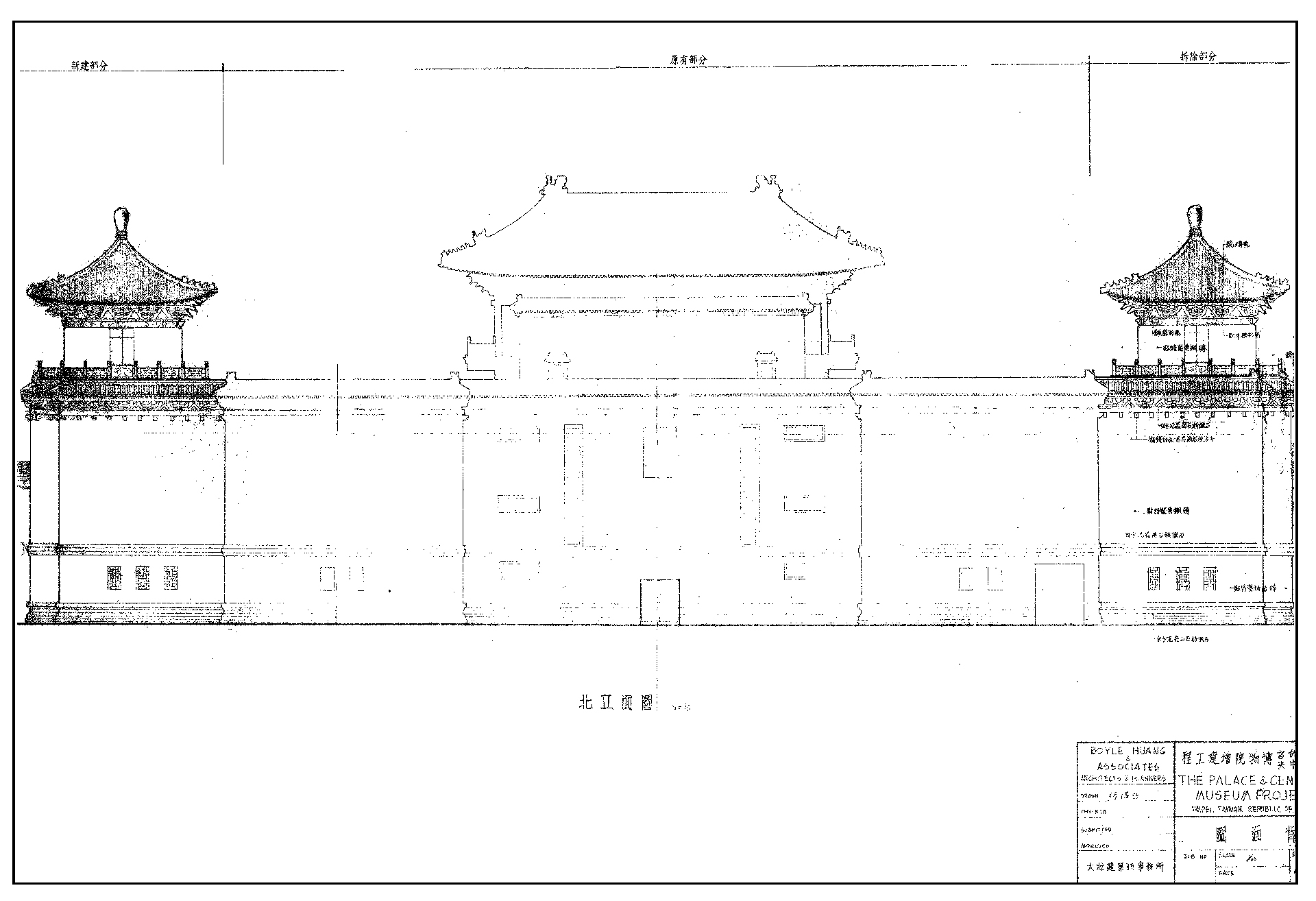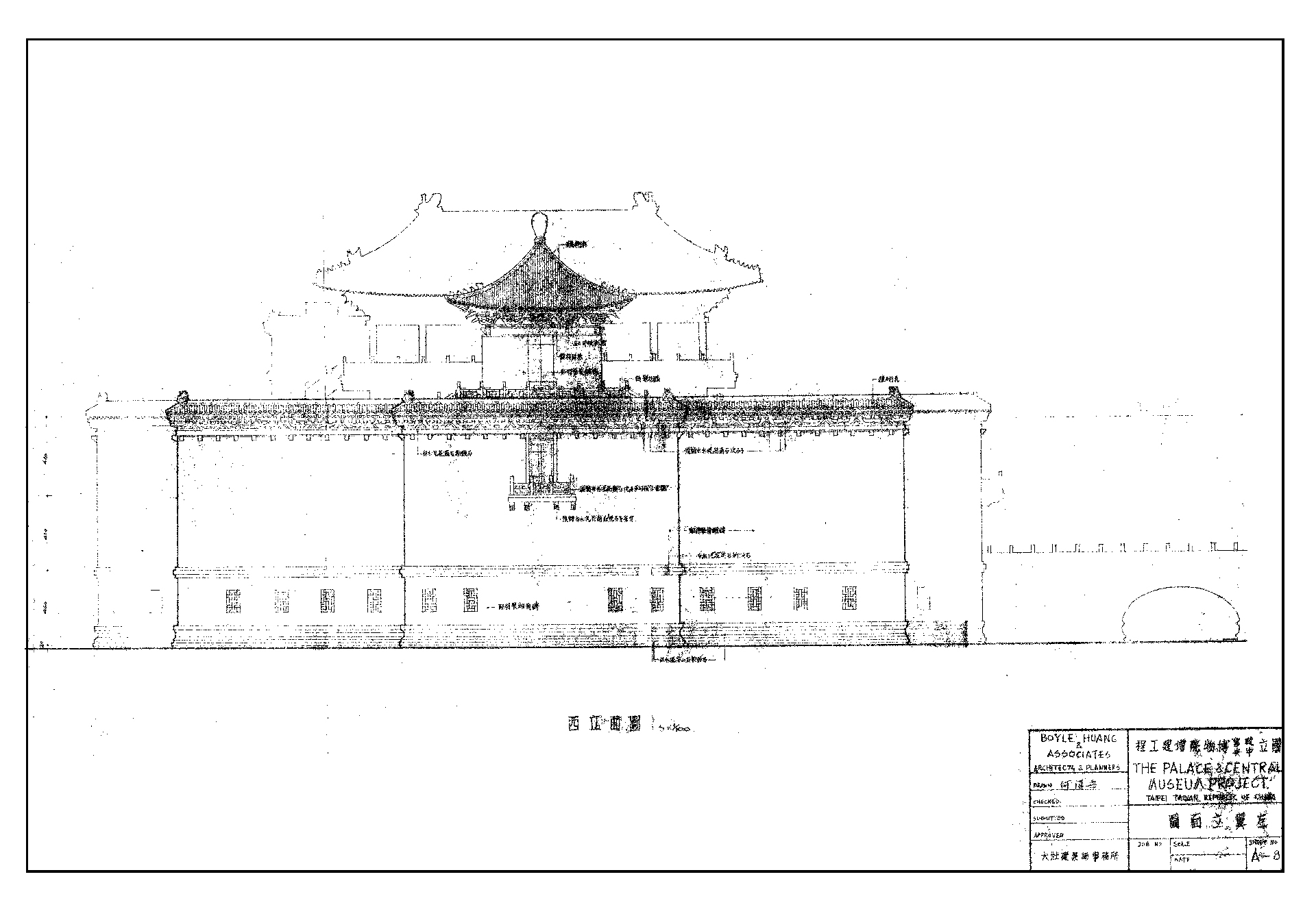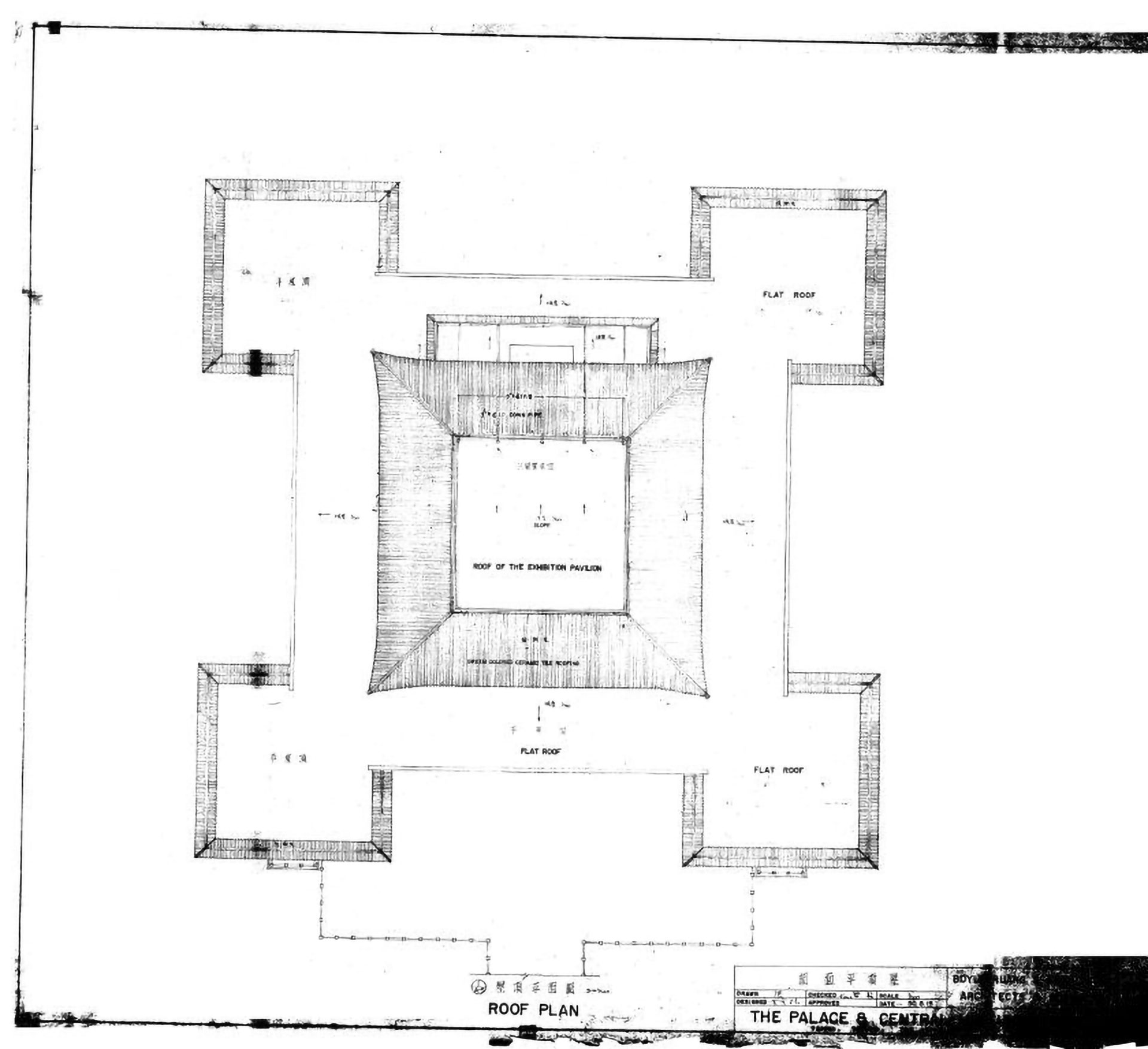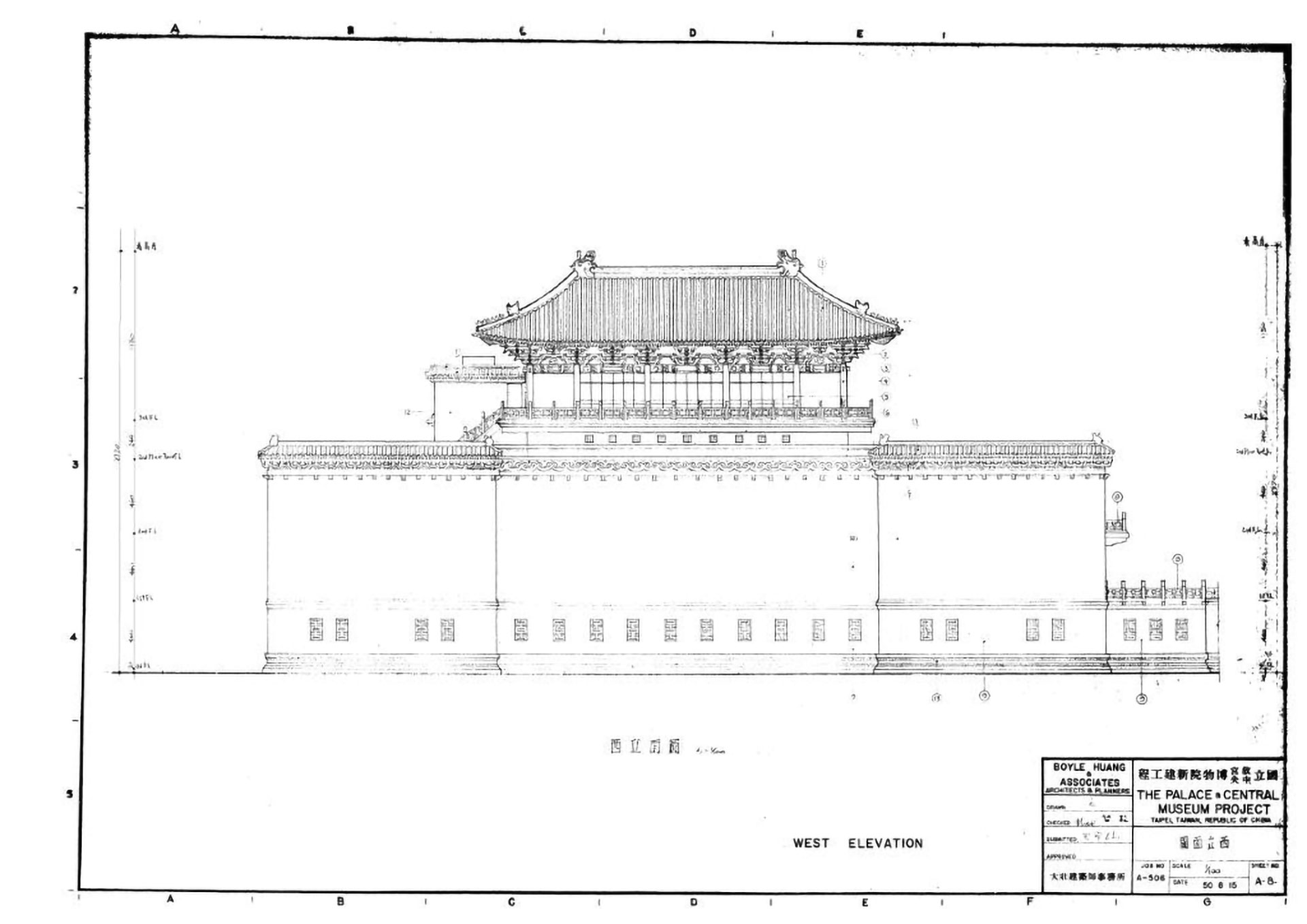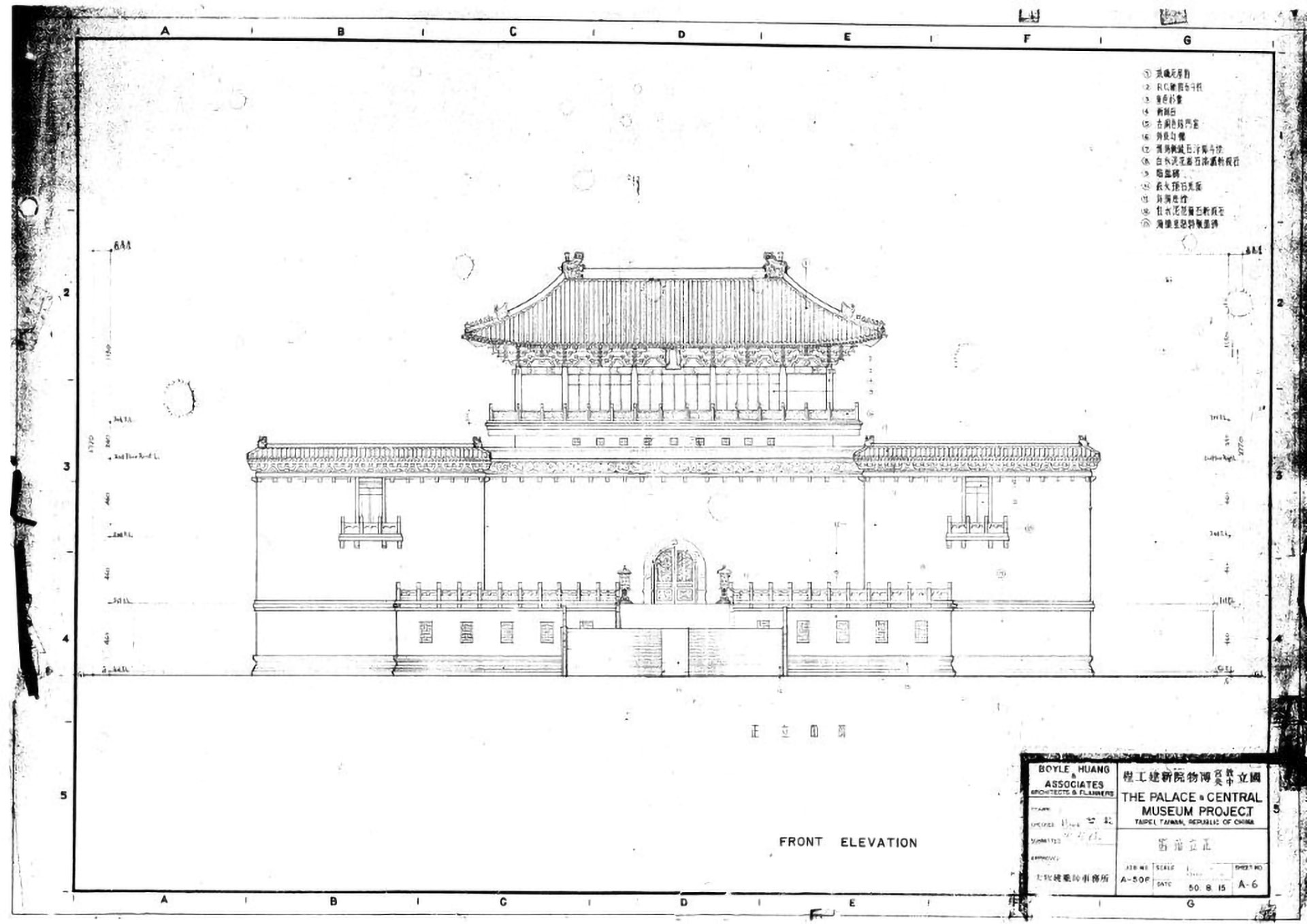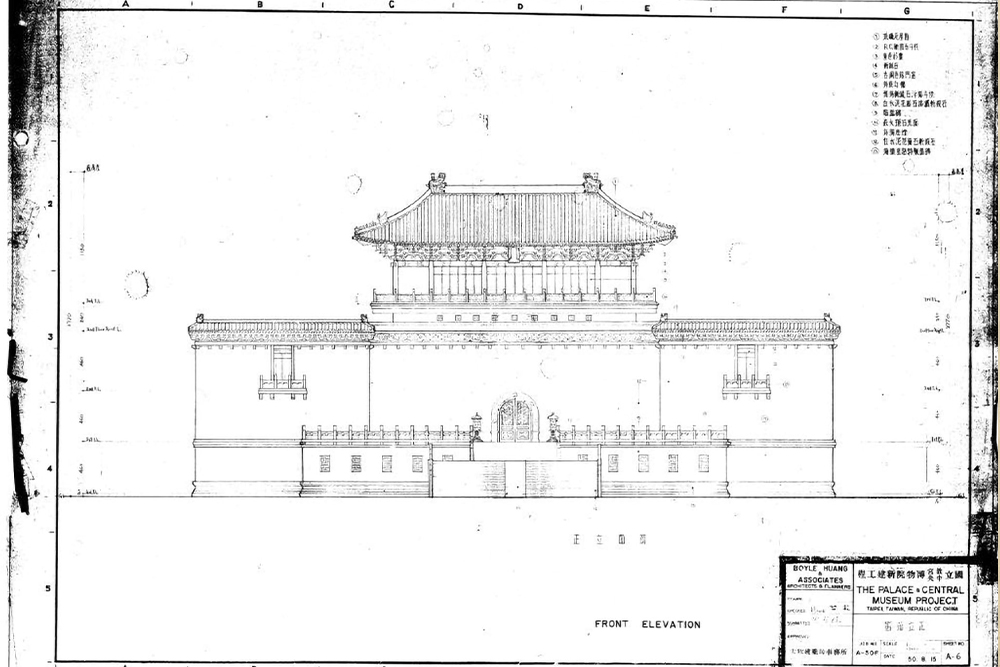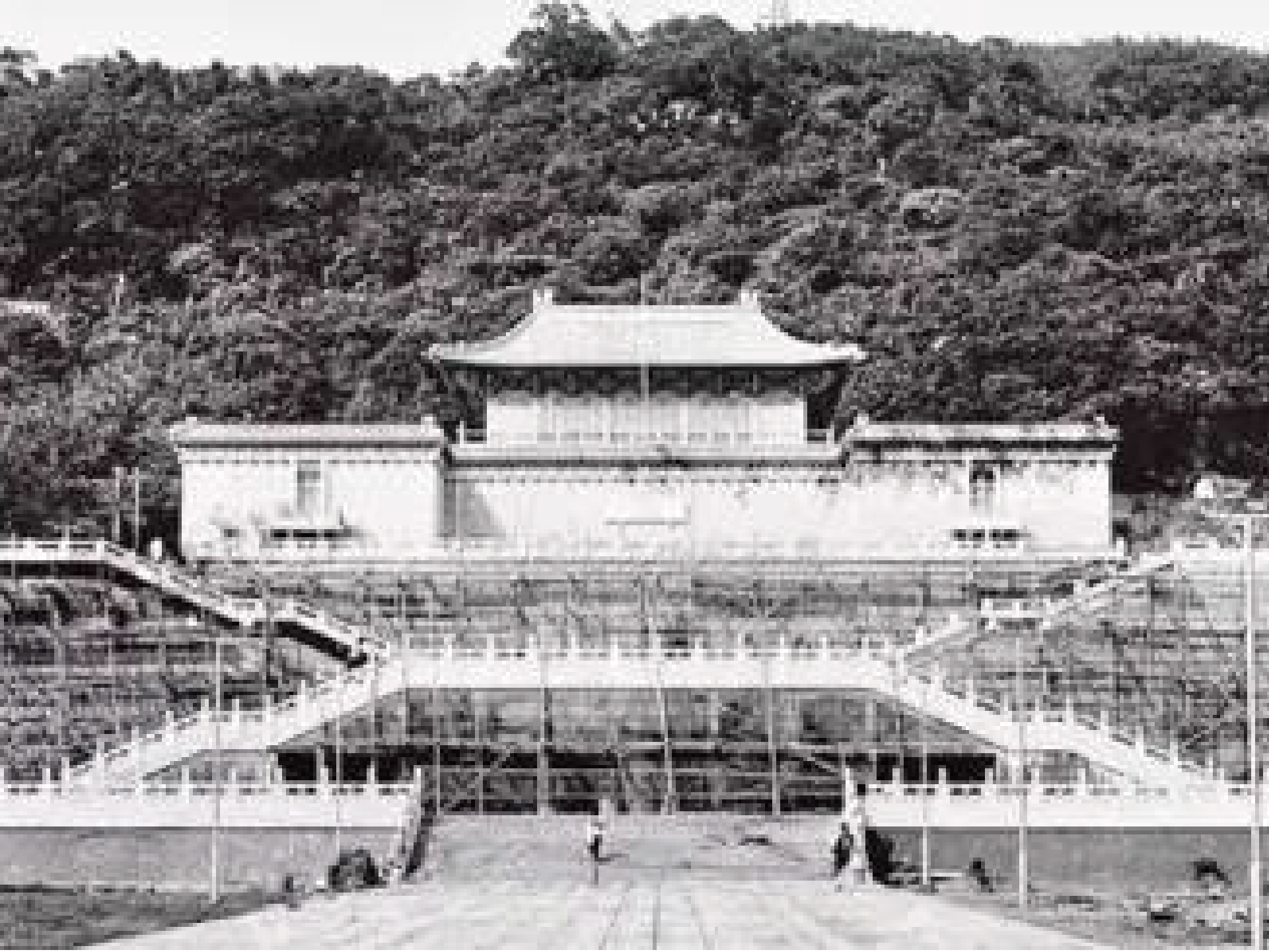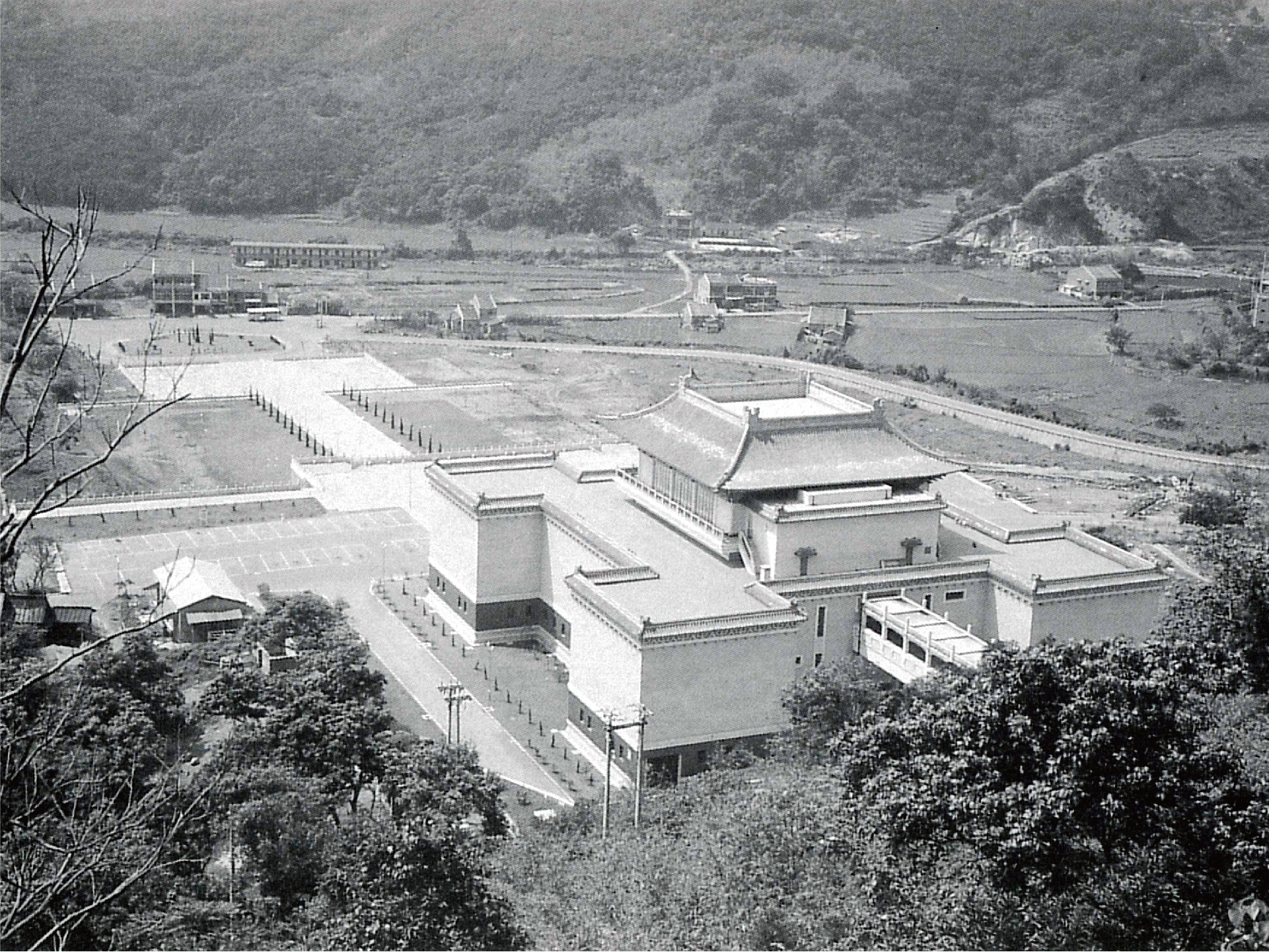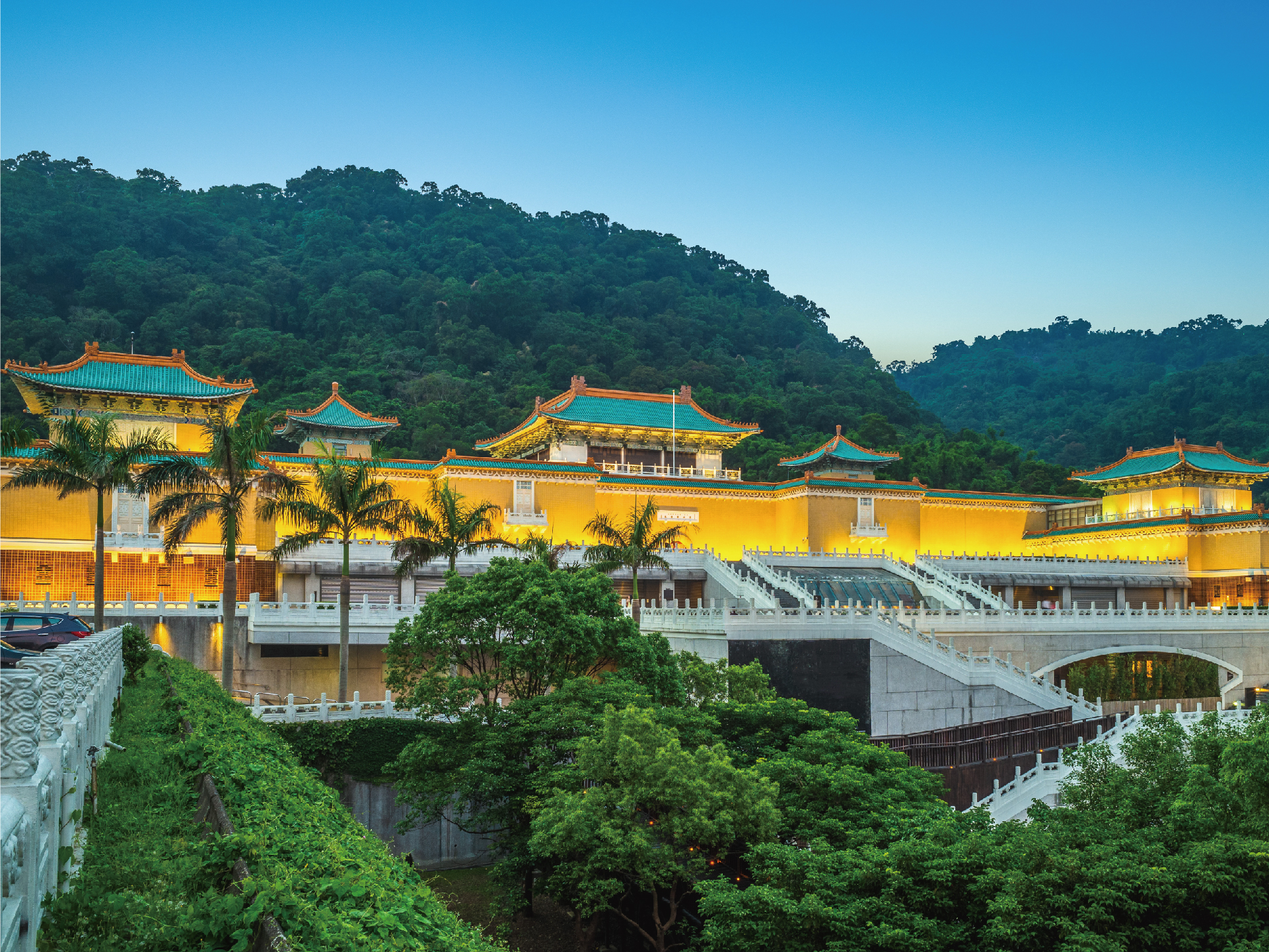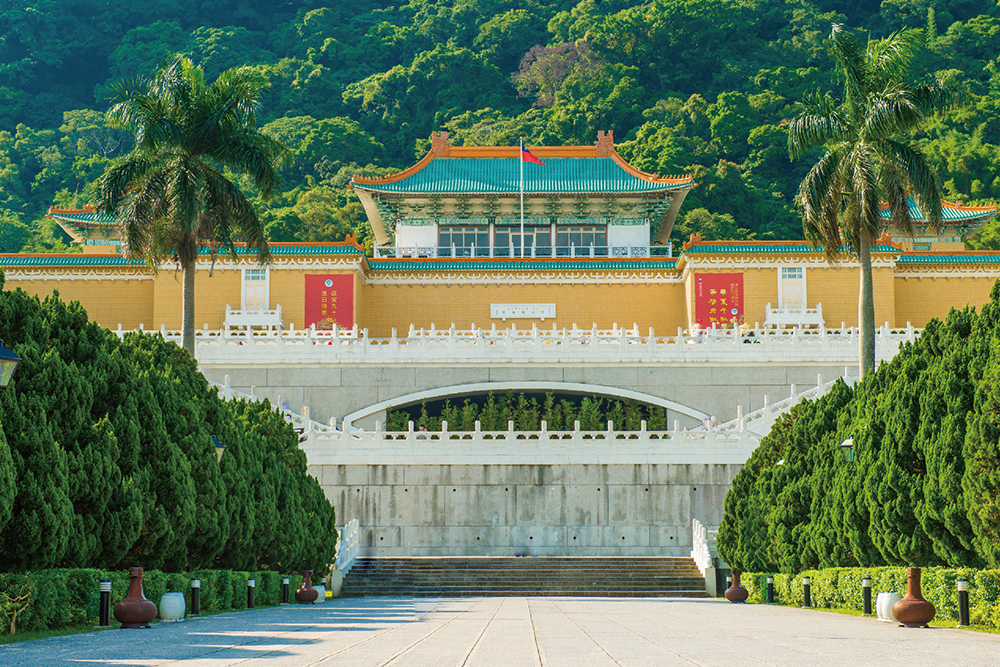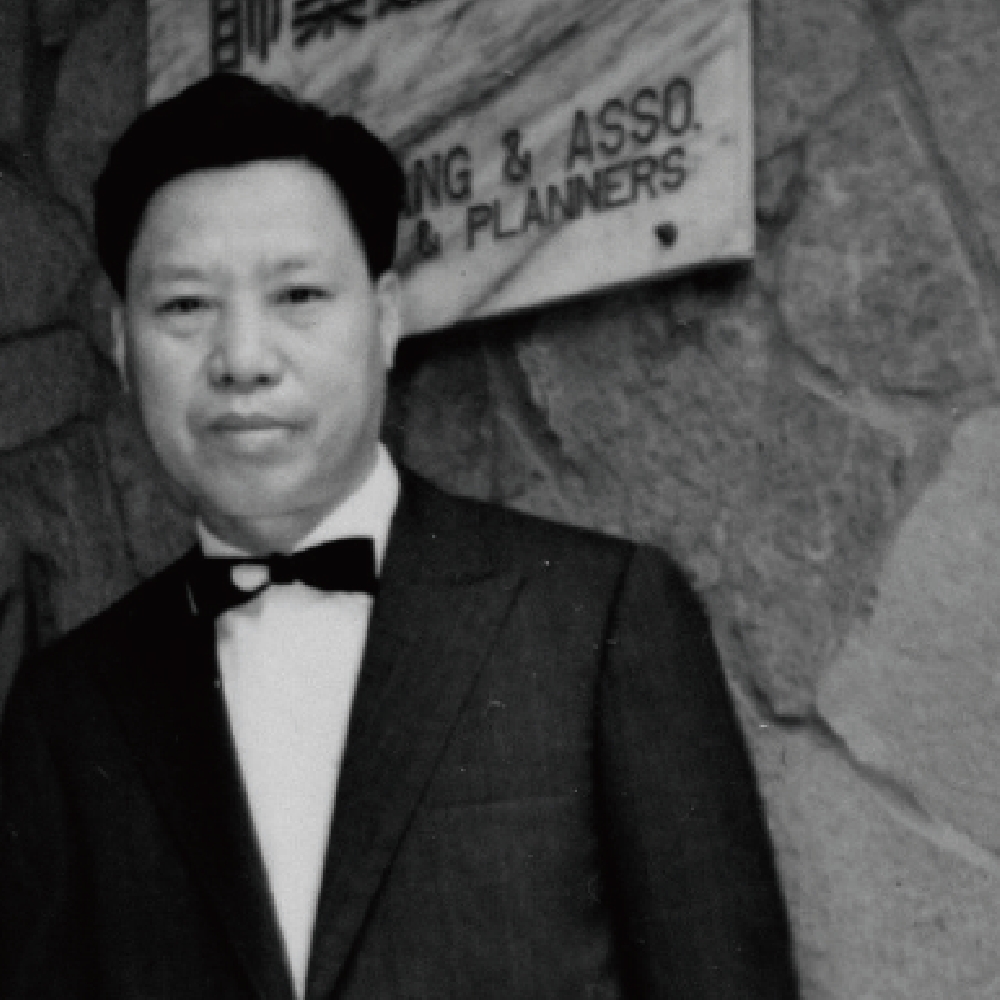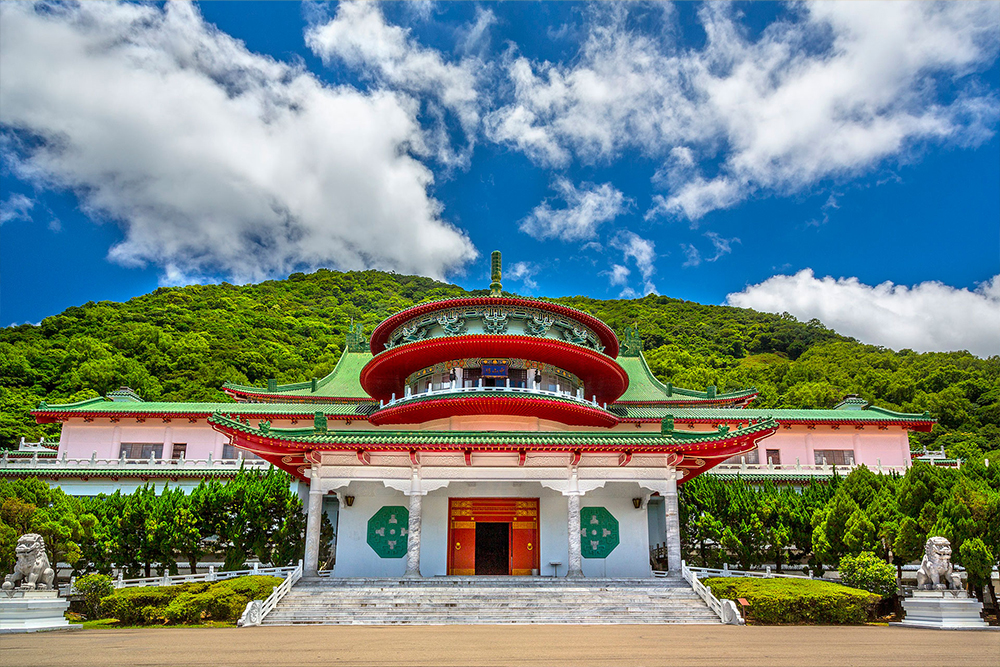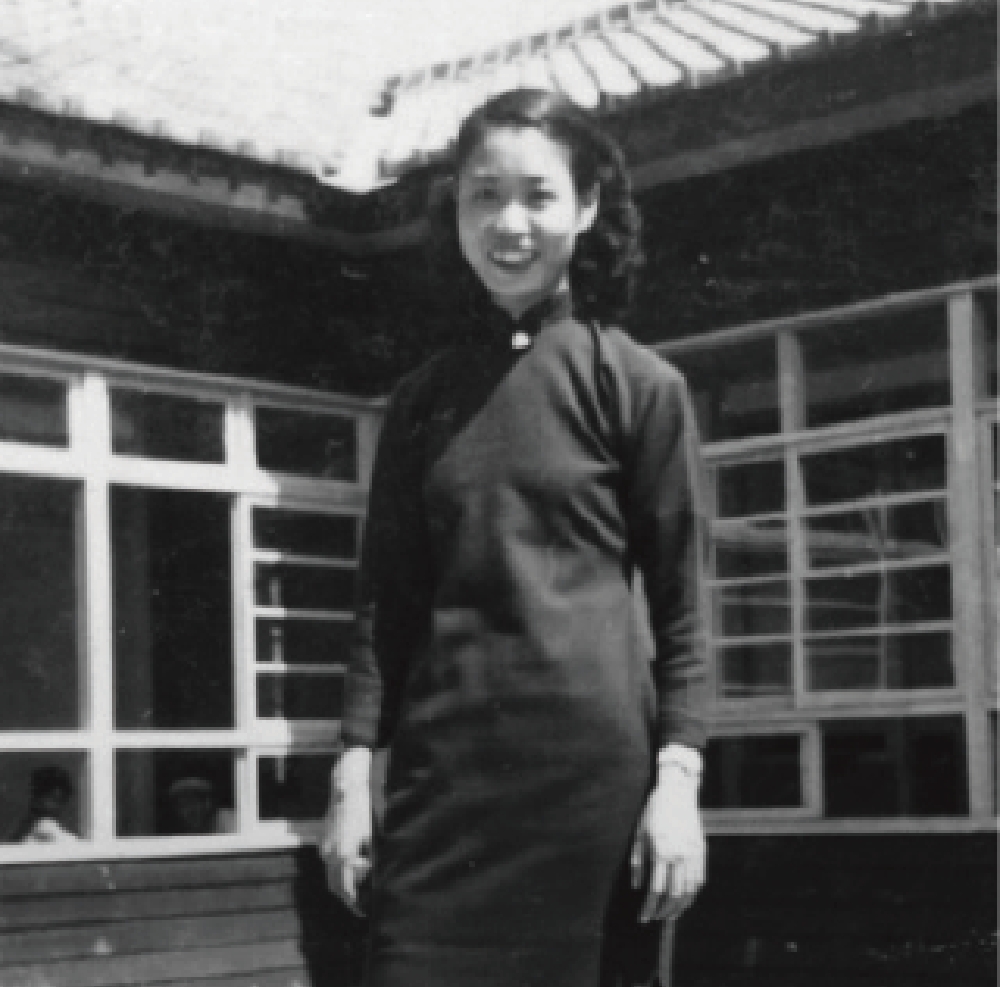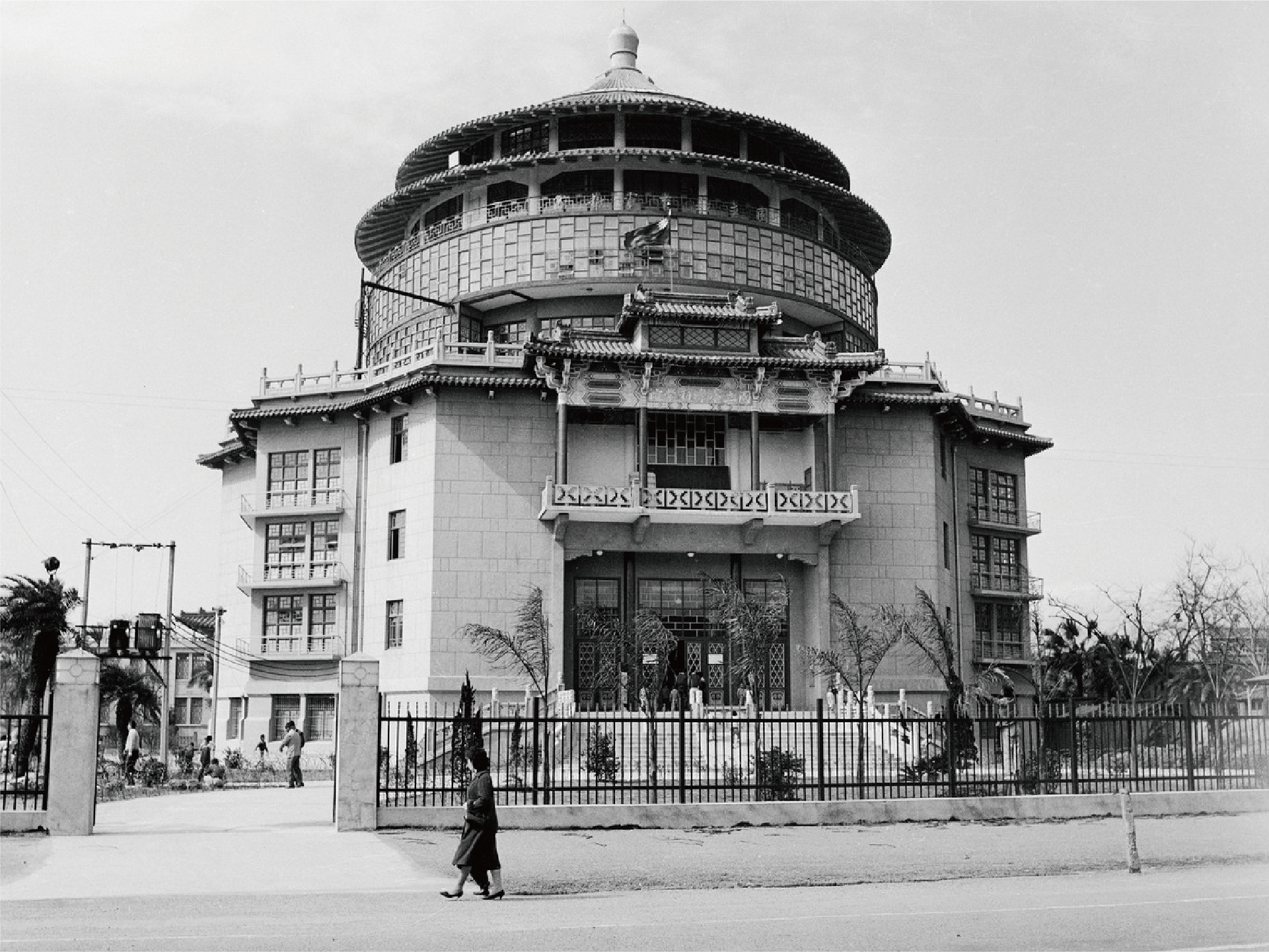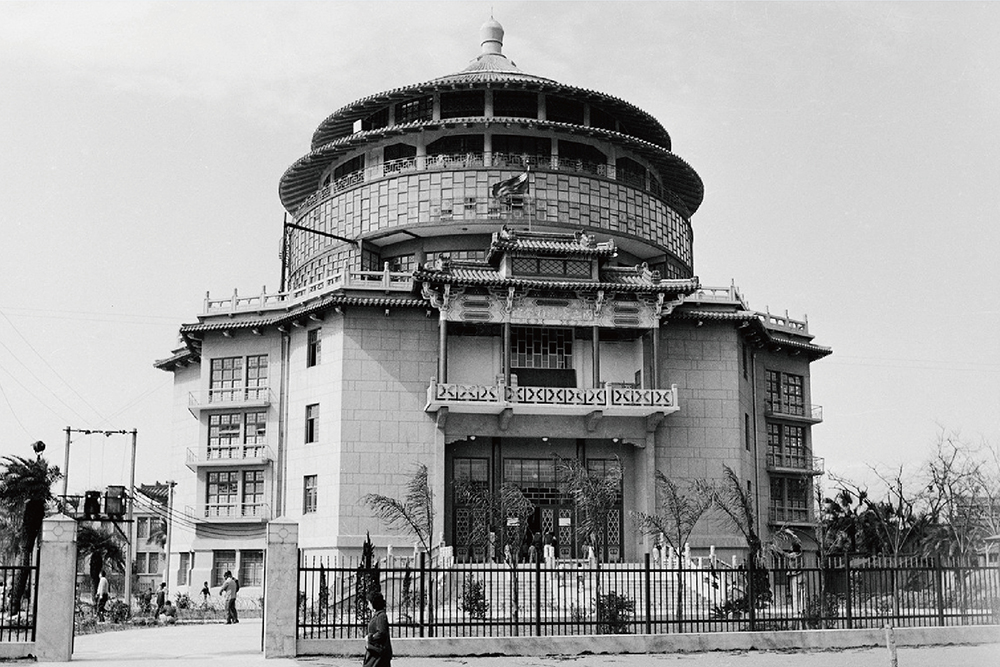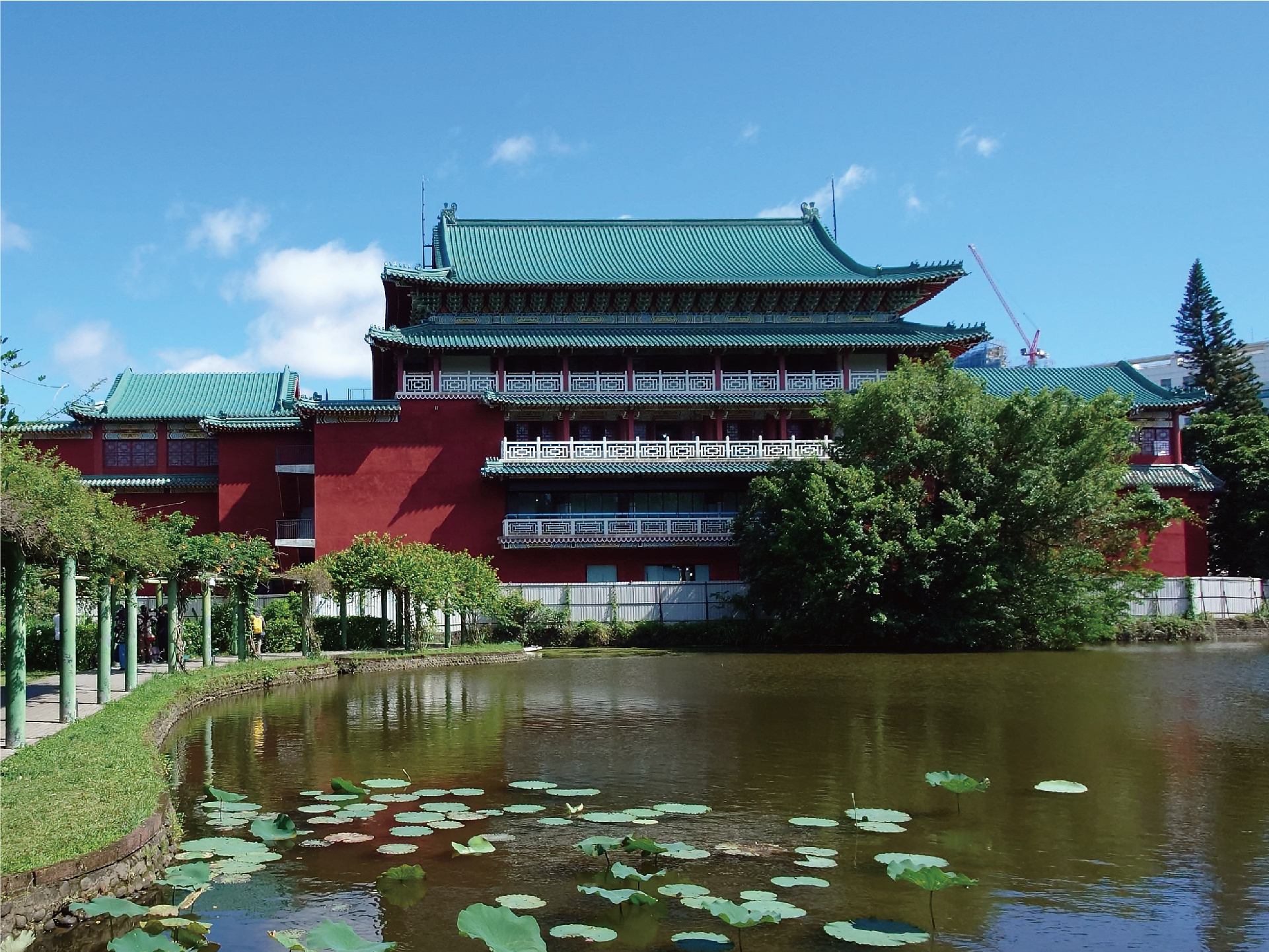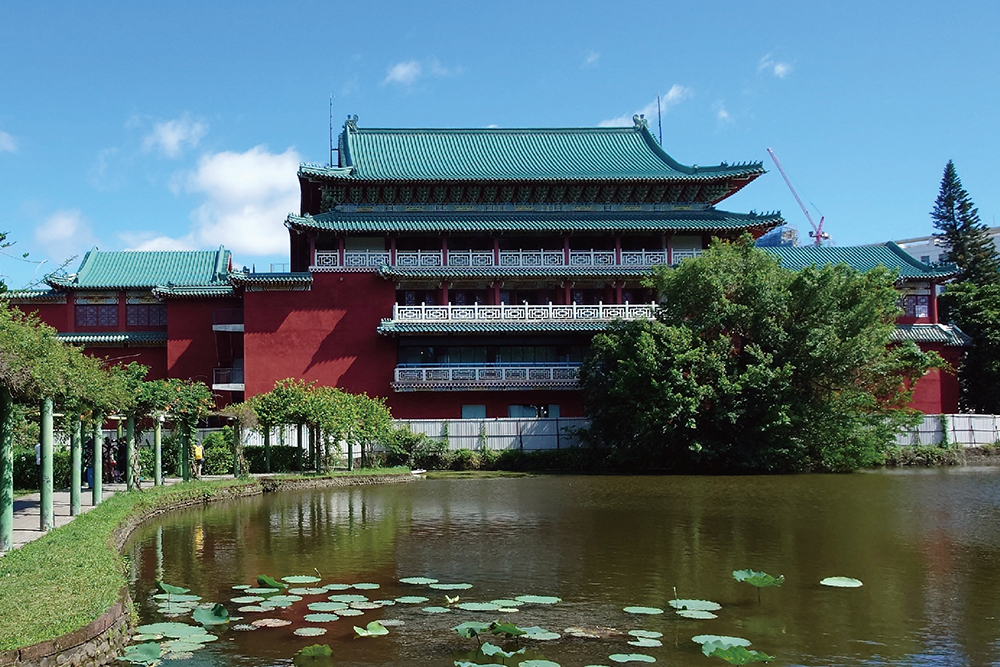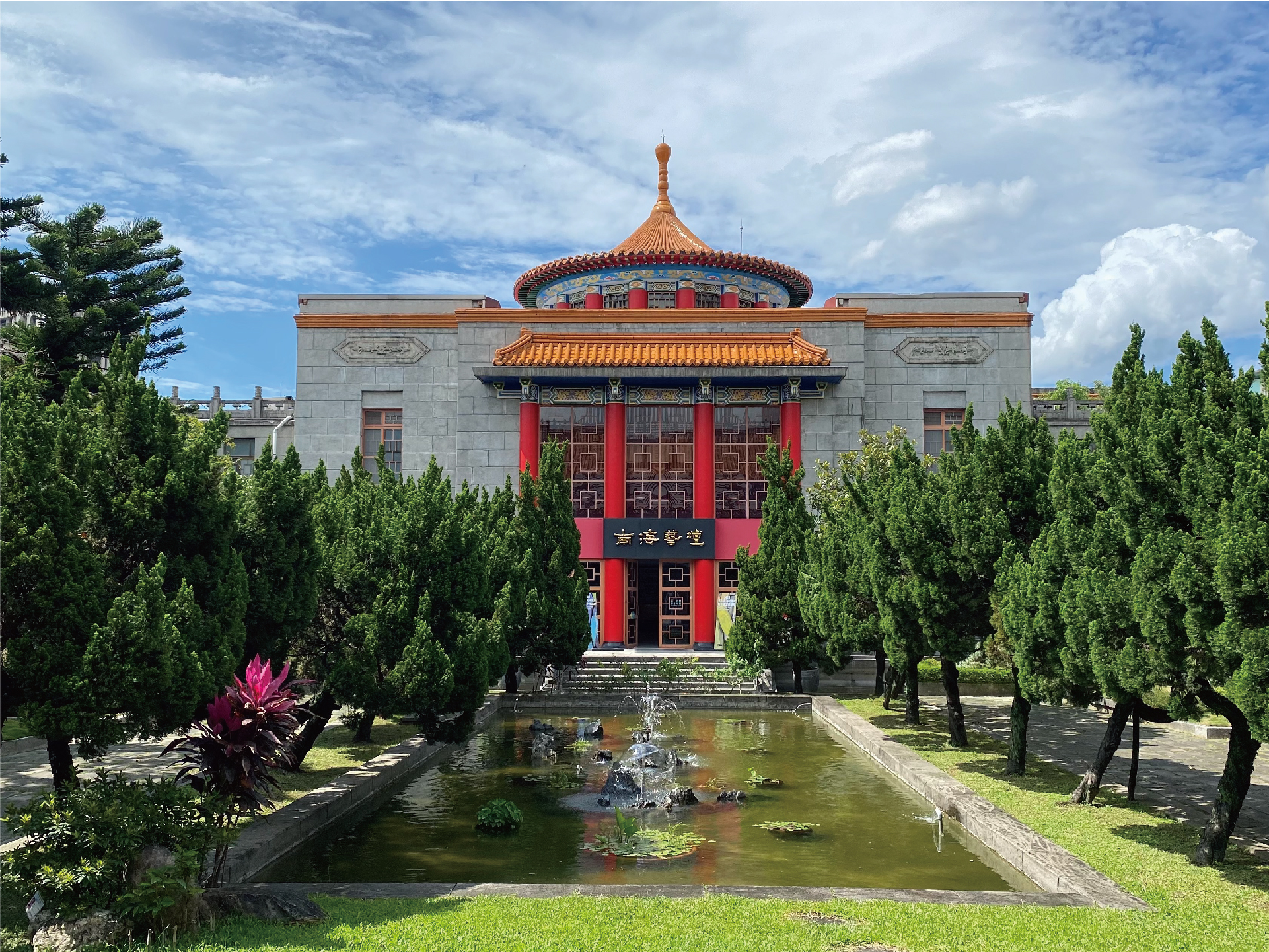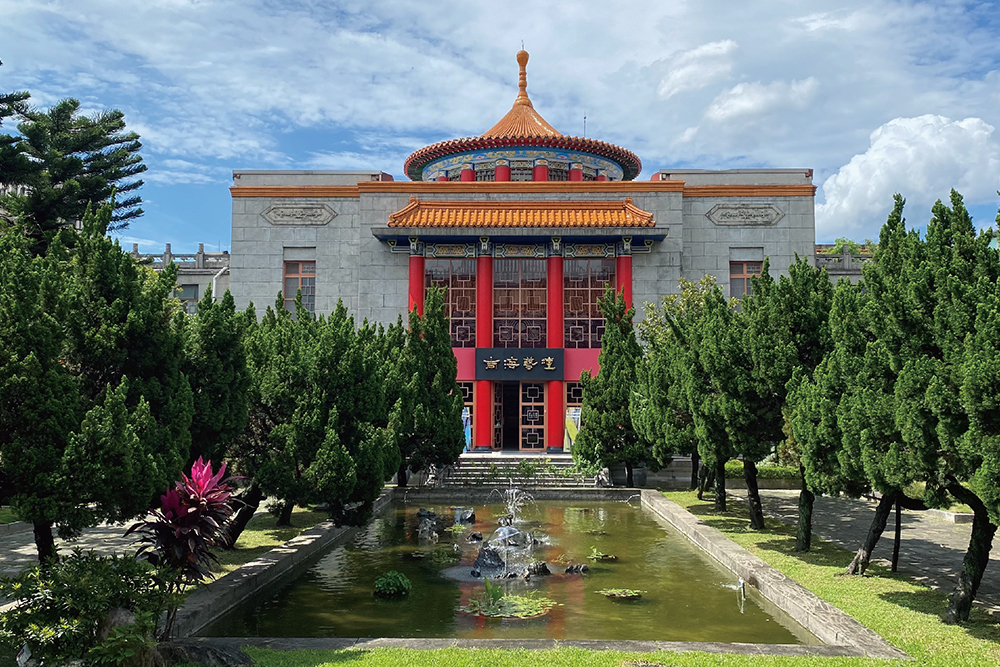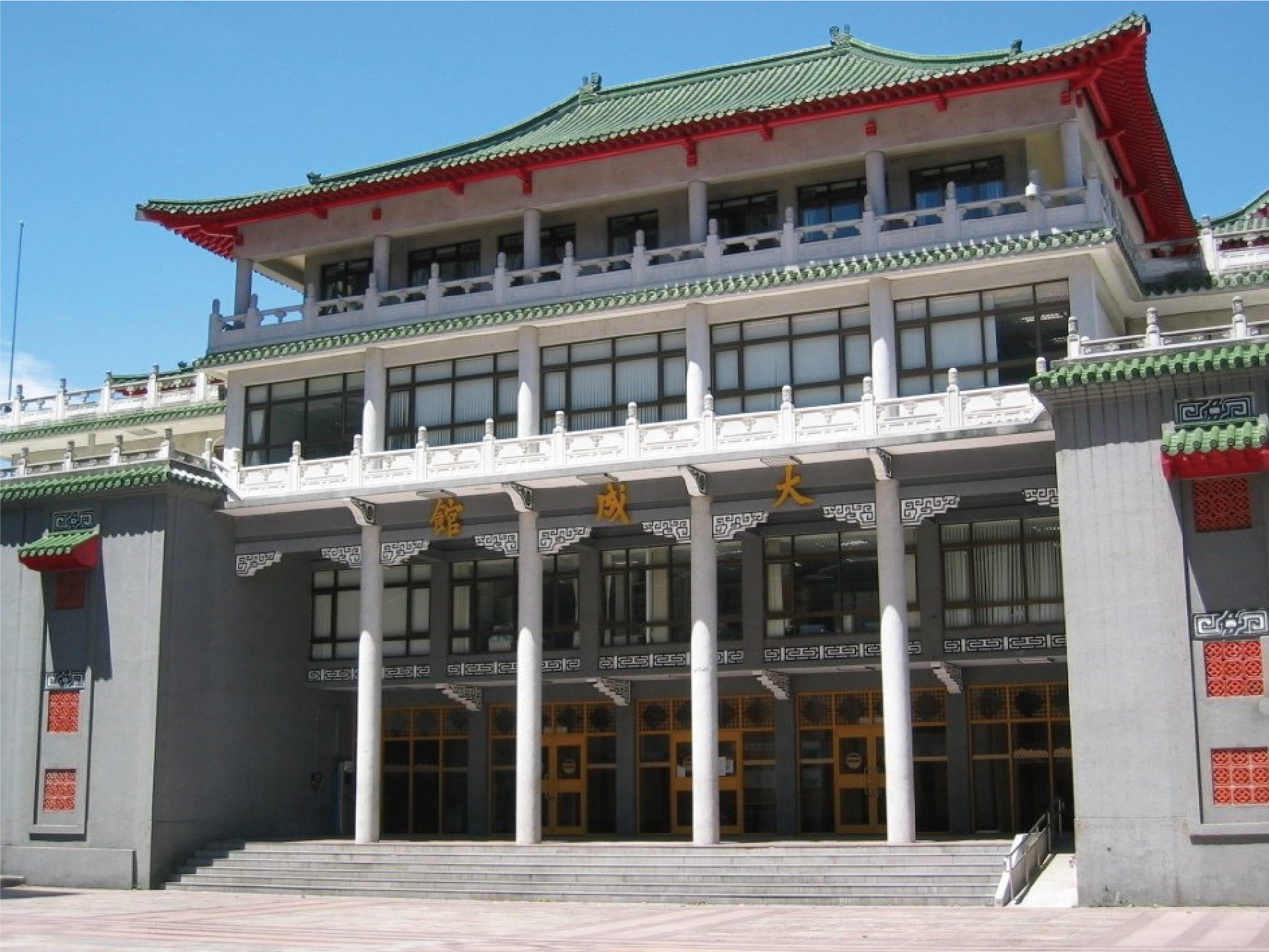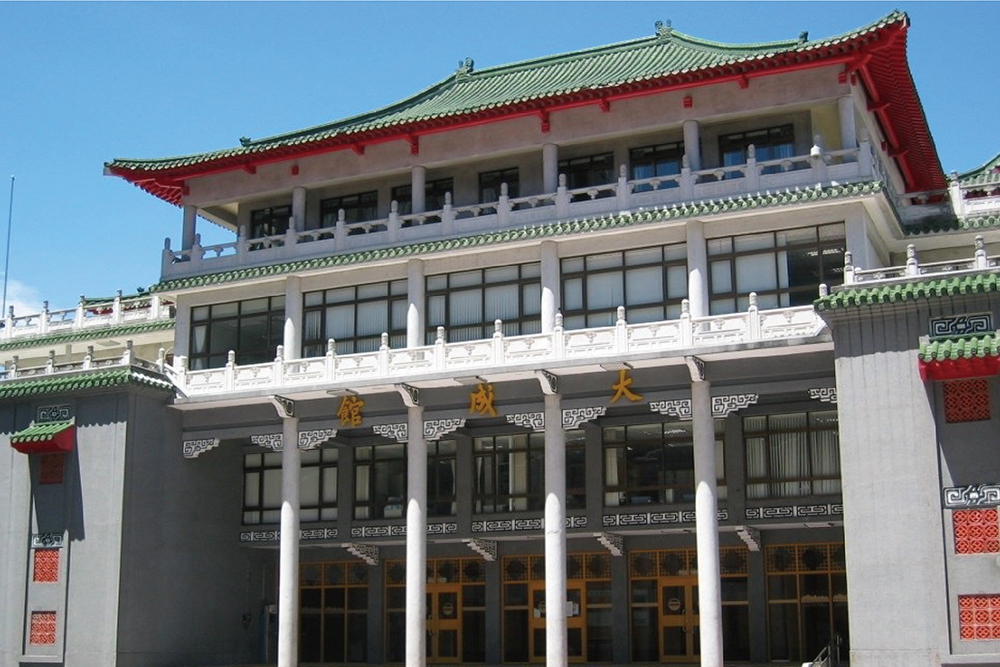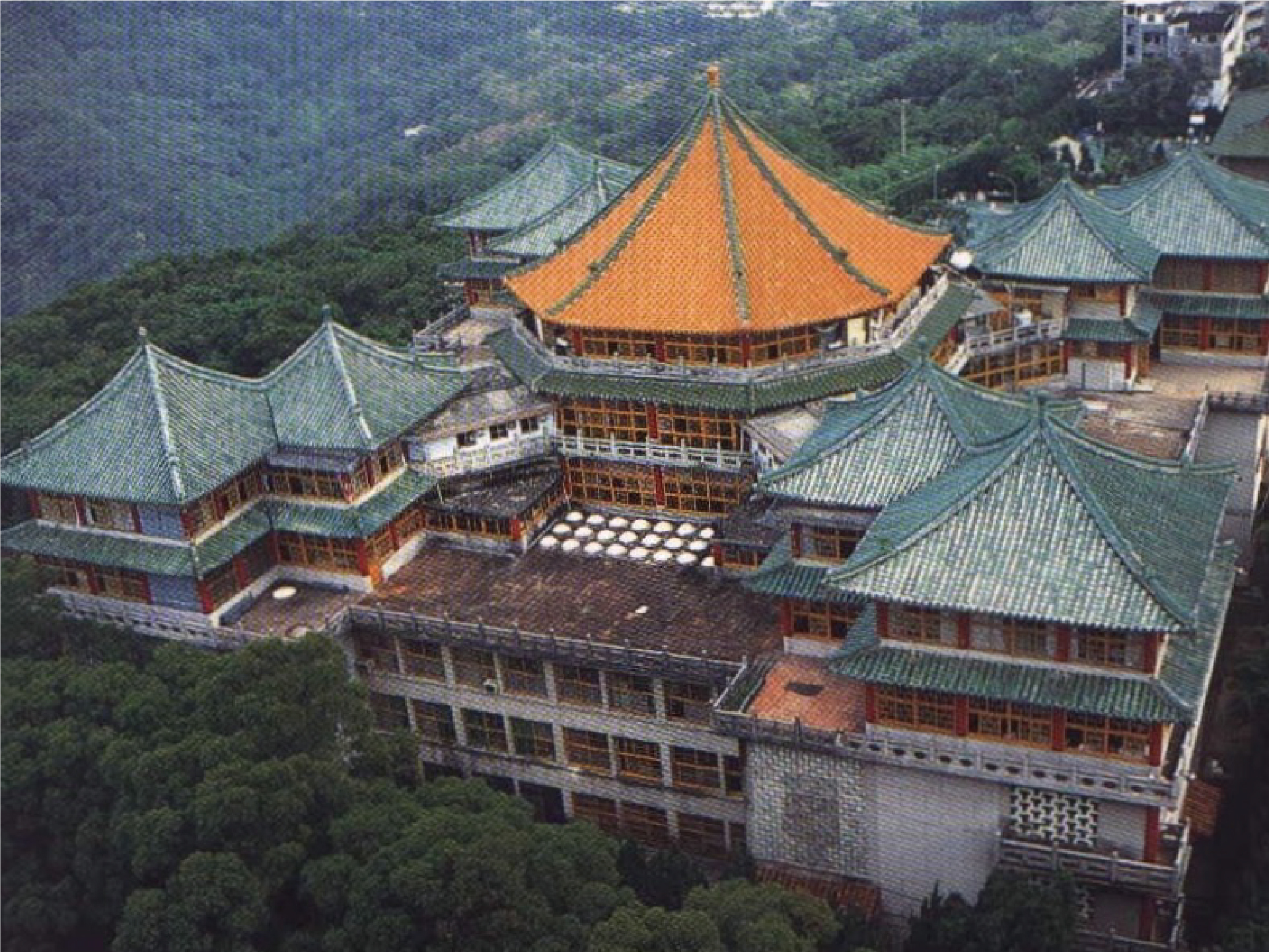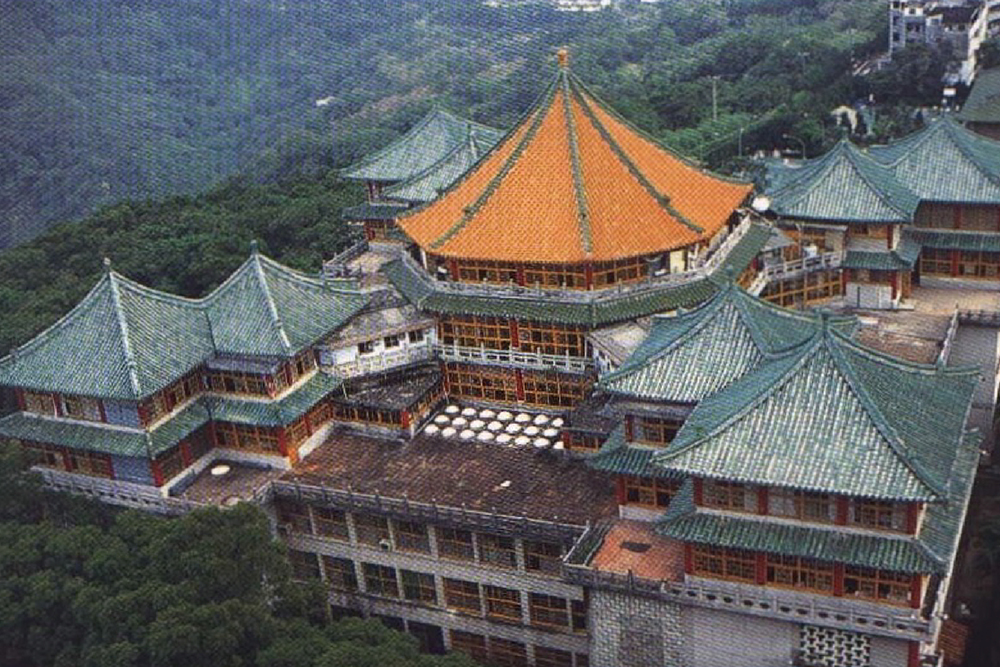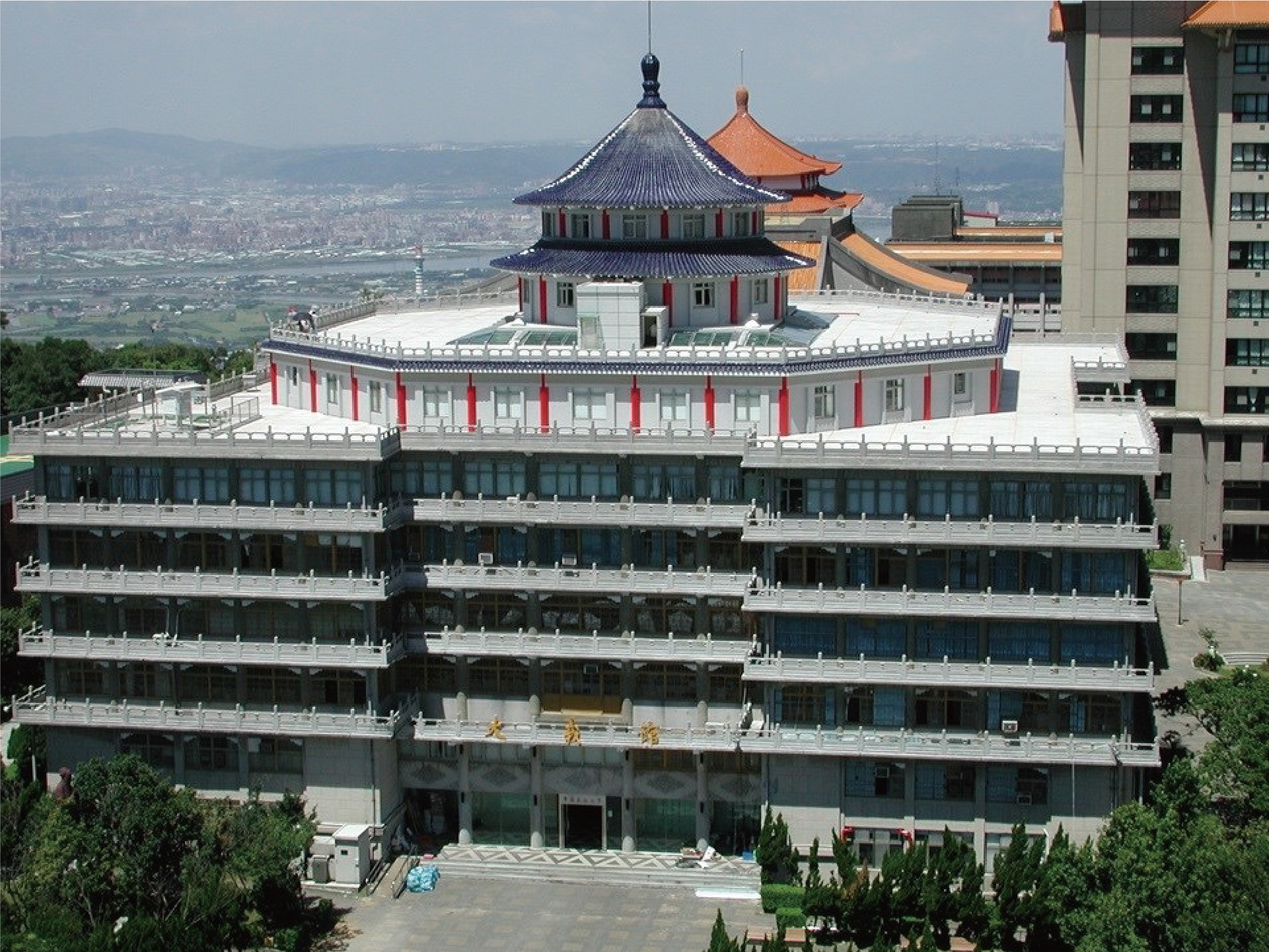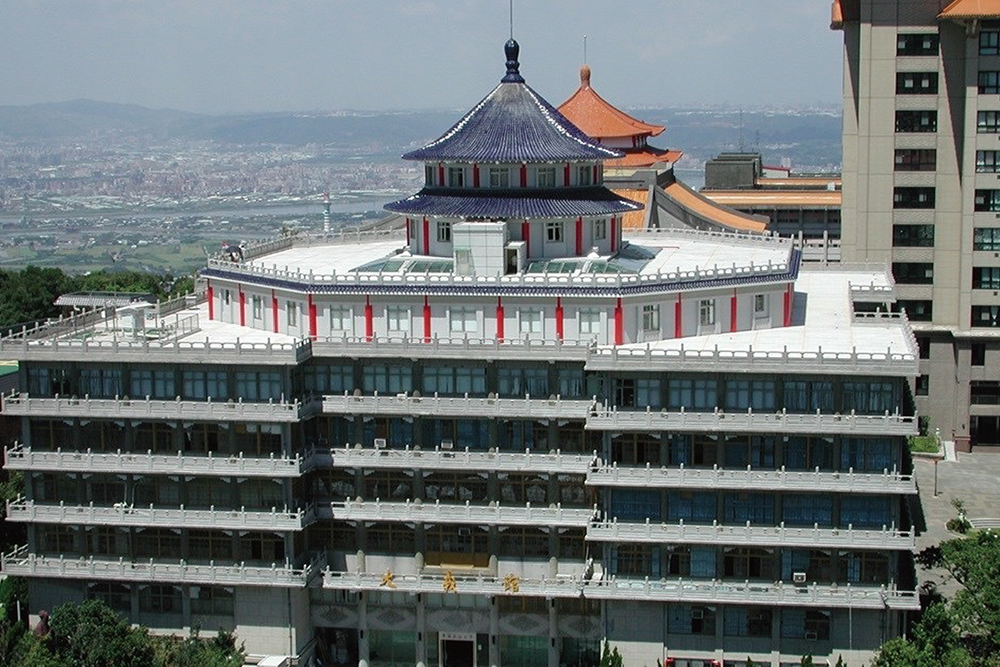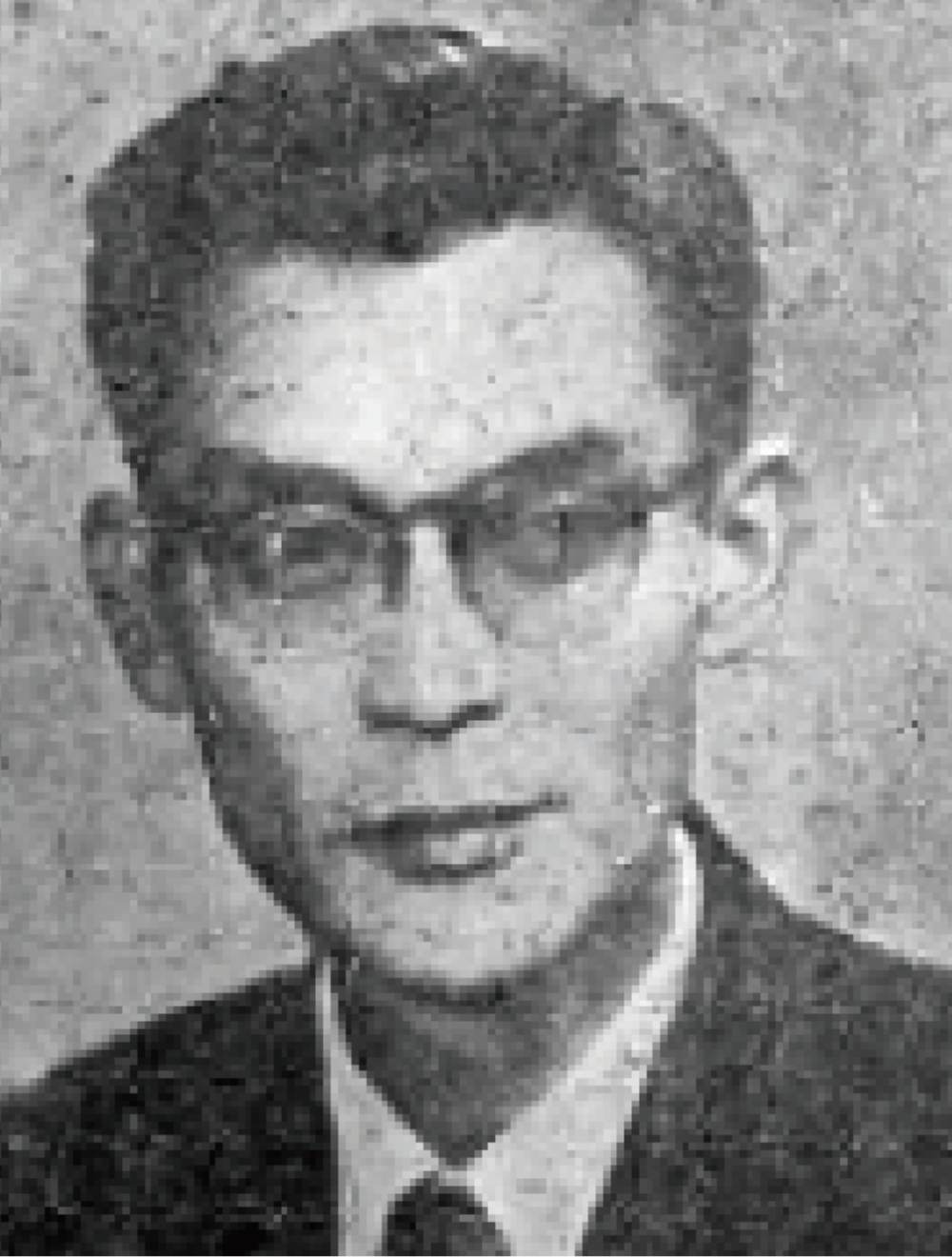Classical Architecture in Modern Taiwan
Traditional Chinese classical architecture represents the pinnacle of architectural artistry and craftsmanship, with imperial architecture epitomizing this excellence. The enduring "Lei Style Architecture" documentary drawings were preserved and passed on, thanks to the efforts of scholars, including those from The Society for the Research in Chinese Architecture, during the early years of the Republic of China. These efforts laid the foundation for the continued transmission of architectural knowledge to future generations of students.
During the 1950s and 1960s, with the relocation of the Nationalist government to Taiwan and the promotion of the Chinese Cultural Renaissance, classical elements were incorporated into architecture across various regions. In this section, we will select representative cases to showcase the architectural styles of public cultural buildings constructed during this decade-long period. These include the construction of the National Palace Museum under the leadership of Huang Baoyu (1918-2000), the architectural complex of the "Nanhai Academy" in Taipei's Zhongzheng District, and the Chinese Culture University led by Lu Yuchun (1904-1975), and the Yangmingshan Zhongshan Building designed and constructed by Hsiu Tselan (1925-2016), who was hailed as Taiwan's first female architect.
The architectural philosophies of the renowned Taiwanese architects mentioned above were directly or indirectly influenced by the Chinese classical architectural sentiments. Simultaneously, they integrated modernist architectural ideas, resulting in many iconic buildings with classical exteriors and modern interiors. Through historical photographs and information, when we compare the National Palace Museum, the Zhongshan Building, and the Chinese Culture University, all located within the daily life sphere of Taipei residents, we can not only appreciate the craftsmanship of the past but also gain a renewed understanding of the historical context of these classical buildings. This allows us to delve into a chapter of Taiwan's architectural history during the early days of the government's relocation to Taiwan.
National Palace Museum
In 1949, the Chinese Civil War between the Kuomintang and Chinese Communist Party broke out, and the National Government of the Republic of China relocated to Taiwan, bringing with it Palace Museum artifacts that were previously transported to South China. Once the artifacts arrived in Taiwan, they were first stored in Yangmei District before being relocated to Beigou, Wufeng District, Taichung. To facilitate the development of museum affairs as well as to maintain and display artifacts, in 1961, the National Government of the Republic of China decided to build a large-scale modern museum in Waishuanghsi, Taipei. The construction was completed in 1965, and the museum was named the “National Palace Museum.”
The construction of the National Palace Museum in the 1960s was not only a major event in Taiwan’s cultural and architectural circles, but also that in the world’s. As a museum embodying Chinese history and culture spanning thousands of years, its buildings were given typical classical architectural appearances, demonstrating its transmission of Chinese culture and art. The museum main building was designed using the traditional concept of Hall of Distinction, where it had a “器” -shaped layout, with a domed roof, symmetrical extension of the buildings on both sides, and a traffic flow design in the center, showing the steady and solemn nature of the museum.
Yangmingshan Chungshan Hall
If you take out a NT$100 bill from your wallet and observe it closely, you will find the Chungshan Hall on Yangmingshan. The Chungshan Hall was built to commemorate the 100th birthday of Sun Yat-sen. Designed and constructed by Xiu Zelan (1925-2016), Taiwan’s first female architect, construction of the Chungshan Hall began in 1965 and finished in the following year. During the building of the hall, Lu Yujun and Huang Baoyu served the roles of construction committee member and engineering consultant, respectively. The front and back of the main building of the hall were built using single hip-and-gable roofs and roof-top green glazed tiles, giving it the elegance and solemnity typically found in traditional imperial family gardens.
Nanhai Art and Culture Park
From the 1950s to the 1960s, a number of traditional classical palace-style cultural and educational buildings appeared on Nanhai Road, Zhongzheng District, Taipei City. These buildings included the Central Library (1955), Educational Information Museum (1956), Art Education Museum (1956-1957), Taiwan Science Museum, and Museum of History (1964). Together, these buildings became the “Nanhai Academy,” embodying the spirit of human culture, arts, and science education.
The Museum of History (designed with green glazed tiles and two interconnected hip-and-gable roofs) as well as the Central Library and Science Education Museum (which featured a pointed roof and the Temple of Heaven-style) reflect the efforts made by the National Government of the Republic of China to promote the revival of Chinese culture after the government’s retreat to Taiwan. The buildings were constructed using reinforced concrete, showing also the elements of modern construction technologies. Construction of the Nanhai Art and Culture Park was mostly overseen by Chang Chi-yun (1901-1985), the minister of education at the time. Concerning the Science Education Museum, it was built by architect Lu Yujun (1901-1985) by imitating the style of Hall of Prayer for Good Harvests in the Temple of Heaven in Beijing (i.e., round sky and square earth), making it the highlight of the architectural complex at the time.
Chinese Culture University
Lu Yujun constructed buildings using Chinese Confucian philosophies, as exemplified in the masterfully designed Chinese Culture University. The university’s Da Cheng Building (completed in 1963), Da Ren Building (completed in 1964), and Da Yi Building (completed in 1965) are representative works designed and built by Lu based on the concept of Hall of Distinction from the Zhou dynasty as well as the philosophy of Chang Chi-yun when he founded the Chinese Culture University (i.e., the main buildings of the Chinese Culture University should inherit traditional Chinese Confucian concepts).
